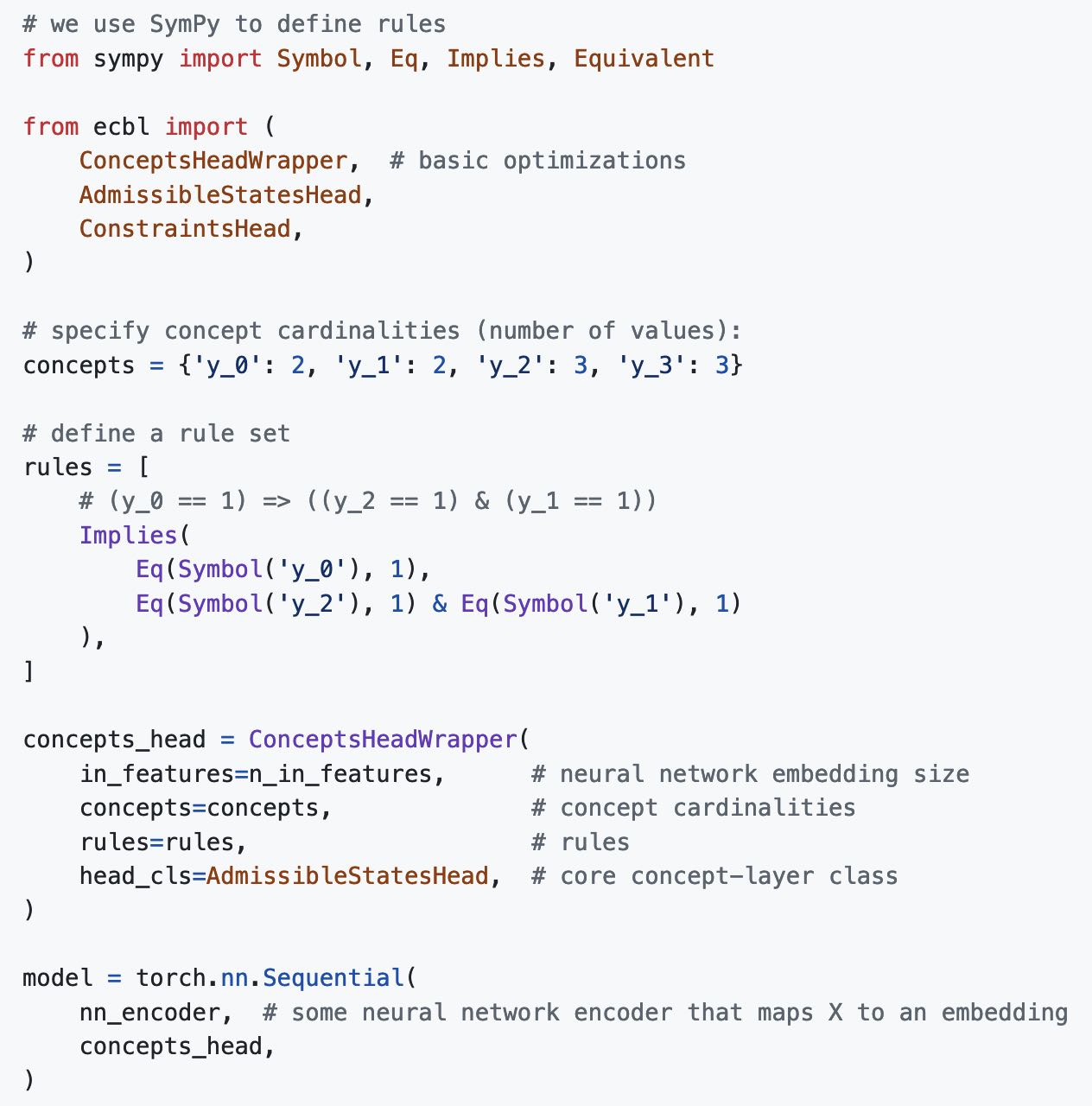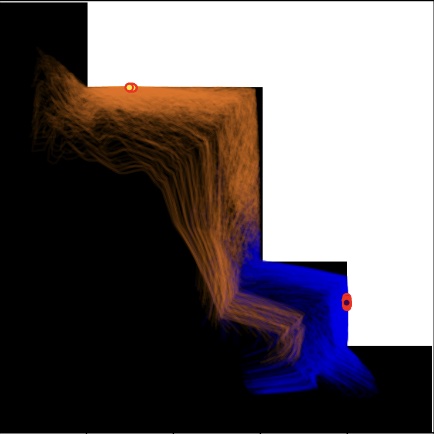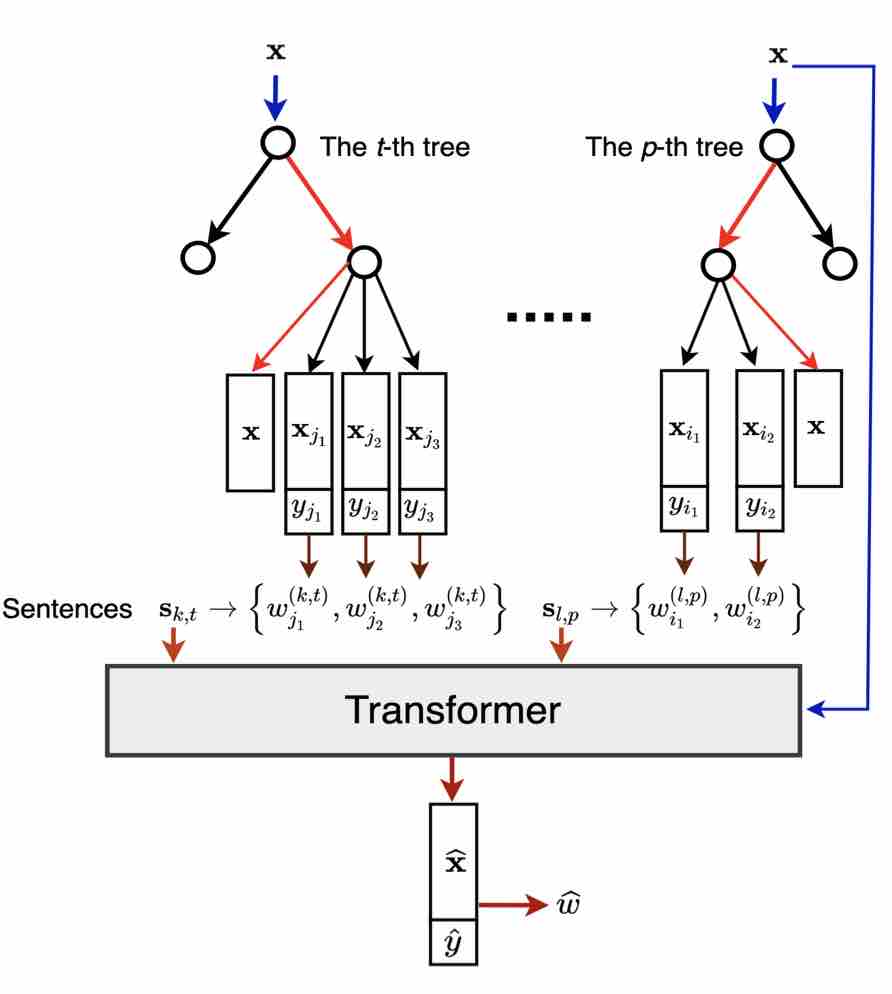Sci. Publications
This page contains a list of articles in peer-reviewed scientific journals. [BibTex]
| Journals | Conferences | Preprints |
| ~38 | ~17 | ~7 |
Selected
All
Journals
-
An Imprecise SHAP as a Tool for Explaining the Class Probability Distributions under Limited Training Data (2025) [DOI] [ArXiV]
-
SurvBeNIM: The Beran-Based Neural Importance Model for Explaining the Survival Models (2025) [DOI] [ArXiV]
-
Dual feature-based and example-based explanation methods (2025) [DOI] [ArXiV]
-
Ada-naf: semi-supervised anomaly detection based on the neural attention forest (2025) [DOI]
-
Survival concept-based learning models (2025) [DOI]
-
Ensemble-Based Survival Models with the Self-Attended Beran Estimator Predictions (2025) [DOI]
-
Survival Analysis as Imprecise Classification with Trainable Kernels (2025) [DOI] [GitHub] [ArXiV]
-
Predictive models and dynamics of estimates of applied tasks characteristics using machine learning methods (2024) [DOI]
-
Interpretation methods for machine learning models in the framework of survival analysis with censored data: a brief overview (2024) [DOI]
-
BENK: The Beran Estimator with Neural Kernels for Estimating the Heterogeneous Treatment Effect (2024) [DOI] [ArXiV]
-
SurvBeX: an explanation method of the machine learning survival models based on the Beran estimator (2024) [DOI] [ArXiV]
-
Imposing Star-Shaped Hard Constraints on the Neural Network Output (2024) [DOI] [GitHub]
-
LARF: Two-Level Attention-Based Random Forests with a Mixture of Contamination Models (2023) [DOI]
-
Attention-like feature explanation for tabular data (2023) [DOI] [GitHub]
-
Heterogeneous Treatment Effect with Trained Kernels of the Nadaraya–Watson Regression (2023) [DOI]
-
Attention and self-attention in random forests (2023) [DOI] [GitHub] [ArXiV]
-
Multiple Instance Learning with Trainable Soft Decision Tree Ensembles (2023) [DOI]
-
Attention-Based Random Forests and the Imprecise Pari-Mutual Model (2023) [DOI]
-
Interpretable ensembles of hyper-rectangles as base models (2023) [DOI] [GitHub] [ArXiV]
-
Flexible deep forest classifier with multi-head attention (2023) [DOI] [GitHub]
-
A new computationally simple approach for implementing neural networks with output hard constraints (2023) [DOI] [GitHub] [ArXiV]
-
Random Survival Forests Incorporated By The Nadaraya-Watson Regression (2022) [DOI]
-
Improved Anomaly Detection by Using the Attention-Based Isolation Forest (2022) [DOI]
-
An Extension of the Neural Additive Model for Uncertainty Explanation of Machine Learning Survival Models (2022) [DOI]
-
Multi-attention multiple instance learning (2022) [DOI] [GitHub] [ArXiV]
-
SurvNAM: The machine learning survival model explanation (2022) [DOI]
-
Ensembles of random SHAPs (2022) [DOI]
-
Attention-based random forest and contamination model (2022) [DOI]
-
Uncertainty Interpretation of the Machine Learning Survival Model Predictions (2021) [DOI]
-
Deep Gradient Boosting For Regression Problems (2021) [DOI]
-
A Generalized Stacking for Implementing Ensembles of Gradient Boosting Machines (2021) [DOI]
-
Counterfactual explanation of machine learning survival models (2021) [DOI]
-
Interpretable machine learning with an ensemble of gradient boosting machines (2021) [DOI] [GitHub] [ArXiV]
-
An Adaptive Weighted Deep Survival Forest (2020) [DOI]
-
Estimation of Personalized Heterogeneous Treatment Effects Using Concatenation and Augmentation of Feature Vectors (2020) [DOI]
-
A new adaptive weighted deep forest and its modifications (2020) [DOI]
-
Deep Forest as a framework for a new class of machine-learning models (2019) [DOI]
Conferences
-
An Explicit Concept-Based Approach for Incorporating Expert Rules into Machine Learning Models (2024) [DOI] [GitHub]
-
Robust Models of Distance Metric Learning by Interval-Valued Training Data (2023) [DOI]
-
Modifications of SHAP for Local Explanation of Function-Valued Predictions Using the Divergence Measures (2023) [DOI]
-
GBMILs: Gradient Boosting Models for Multiple Instance Learning (2023) [DOI]
-
Neural Attention Forests: Transformer-Based Forest Improvement (2023) [DOI] [GitHub] [ArXiV]
-
Random Forests with Attentive Nodes (2022) [DOI]
-
Multiple Instance Learning through Explanation by Using a Histopathology Example (2022) [DOI]
-
An Approach for the Robust Machine Learning Explanation Based on Imprecise Statistical Models (2022) [DOI]
-
AGBoost: Attention-based modification of gradient boosting machine (2022) [DOI]
-
The Deep Survival Forest and Elastic-Net-Cox Cascade Models as Extensions of the Deep Forest (2021) [DOI]
-
Combining an autoencoder and a variational autoencoder for explaining the machine learning model predictions (2021) [DOI]
-
Semi-supervised Learning for Medical Image Segmentation (2021) [DOI]
-
Gradient Boosting Machine with Partially Randomized Decision Trees (2021) [DOI]
-
Адаптивный весовой глубокий лес выживаемости (2020)
-
A Deep Forest Improvement by Using Weighted Schemes (2019) [DOI]
-
Сегментация трёхмерных медицинских изображений на основе алгоритмов классификации (2018)
-
Алгоритмы фиксации уровня и быстрого распространения контура для полуавтоматической сегментации медицинских изображений (2017)
Preprints
-
Generating Survival Interpretable Trajectories and Data (2024) [GitHub] [ArXiV]
-
FI-CBL: A Probabilistic Method for Concept-Based Learning with Expert Rules (2024) [GitHub] [ArXiV]
-
Incorporating Expert Rules into Neural Networks in the Framework of Concept-Based Learning (2024) [GitHub] [ArXiV]
-
Multiple Instance Learning with Trainable Decision Tree Ensembles (2023) [ArXiV]
-
Interpretable Ensembles of Hyper-Rectangles as Base Models (2023) [ArXiV]
-
A New Computationally Simple Approach for Implementing Neural Networks with Output Hard Constraints (2023) [GitHub] [ArXiV]
-
An adaptive weighted deep forest classifier (2019) [ArXiV]






